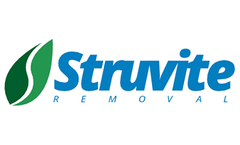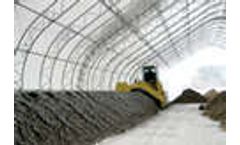Refine by
Cafo Articles & Analysis
7 articles found
Concentrated (or confined) animal feed operations (CAFOs) are the principal means of livestock production in the United States, and such facilities pollute nearby waterways because of their waste management practices; CAFO waste is pumped from the confinement structure into a cesspit and sprayed on a field. Stocking Head Creek is located in eastern North ...
Is it calcium carbonate or struvite (magnesium-ammonia-phosphate) crystals? In some CAFO sites, they will use anaerobic lagoons to reduce the amount of manure that they need to treat. ...
CAFOs (Confined Animal Feeding Operations) face struvite in their manure holding ponds and manure lagoons, as well as their recirculation systems. ...
Judicial challenges have forced the US Environmental Protection Agency (EPA) to adopt additional controls governing concentrated animal feeding operations (CAFOs). State agencies have also been directed to do more to minimize the risk of pollution from animal production. ...
“In 2003 the Environmental Protection Agency (EPA) released Confined Animal Feeding Operation (CAFO) regulations, and an advisory board was put together in Connecticut,” recalls Bob Jacquier of Laurelbrook, which is considered to be a CAFO. ...
Increasing numbers of dairies in northeastern United States are classified as confined animal feeding operations (CAFOs). Many dairy farmers in New York (NY) abandoned conventional and adopted zone tillage (ZT) in 4-yr corn (Zea mays L.) silage-alfalfa (Medicago sativa L.) rotations on highly erodible land to comply with NY CAFO plans. ...
Increasing numbers of dairies in northeastern United States are classified as confined animal feeding operations (CAFOs). Many dairy farmers in New York (NY) abandoned conventional and adopted zone tillage (ZT) in 4-yr corn (Zea mays L.) silage-alfalfa (Medicago sativa L.) rotations on highly erodible land to comply with NY CAFO plans. ...




